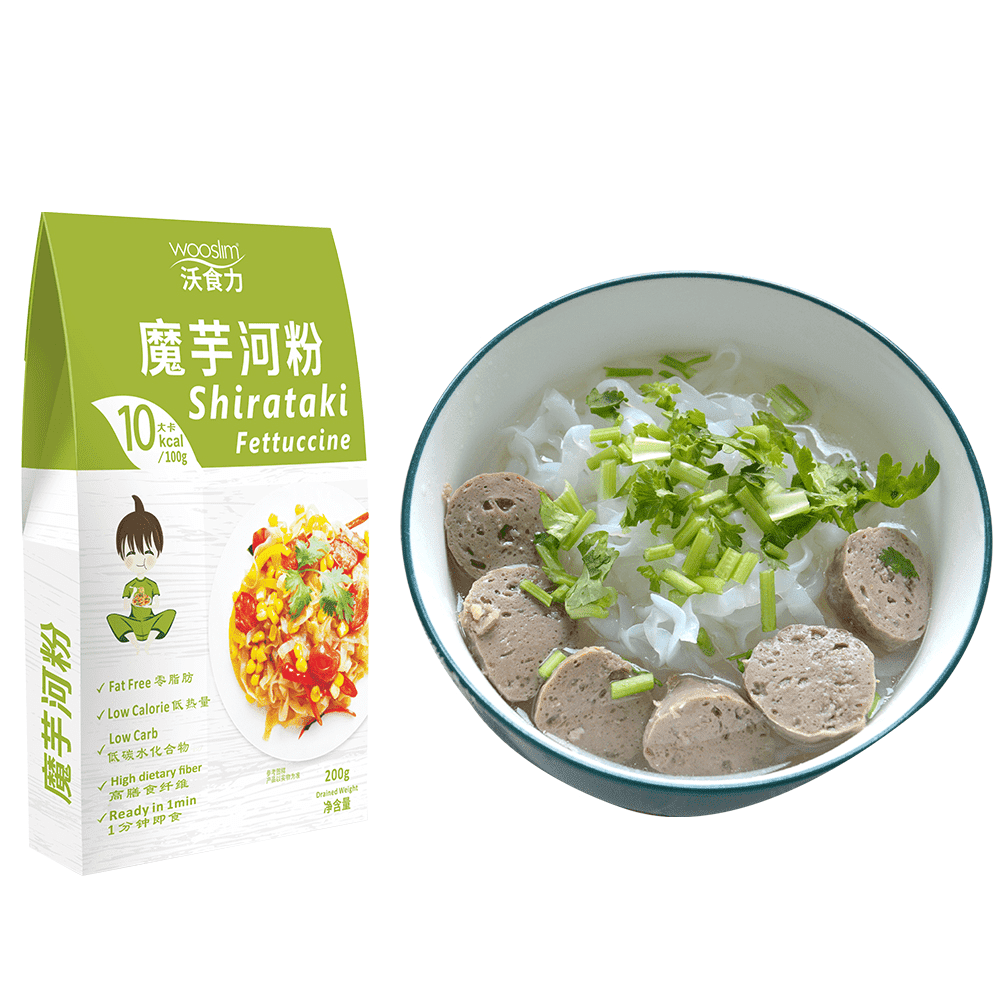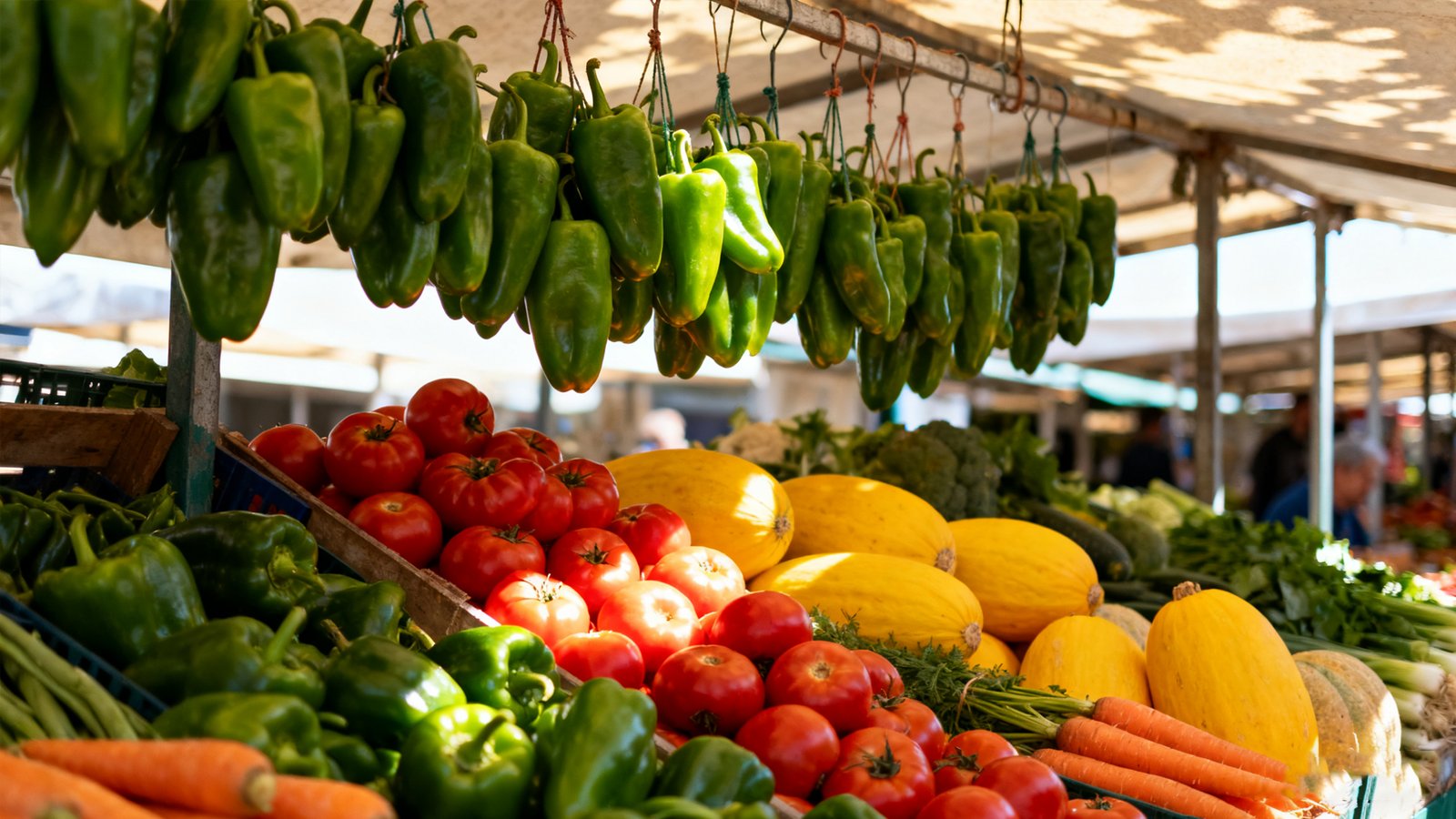
Contact Us through info@lovekonjac.com
Dietary fiber refers to the indigestible portion of plant-based foods that pass through our digestive system, providing a range of health benefits. Unlike other nutrients, such as fats, proteins, or carbohydrates — which your body breaks down and absorbs — fiber isn’t digested by your body. Instead, it passes relatively intact through your stomach, small intestine, and colon and out of your body.

Fiber is commonly classified as soluble, which dissolves in water, or insoluble, which doesn’t dissolve.
Soluble fiber: This type of fiber dissolves in water to form a gel-like material. It can help regulate blood sugar levels and lower cholesterol. Soluble fiber is found in konjac noodles, oats, peas, beans, apples, citrus fruits, carrots, barley, and psyllium.
Insoluble fiber: This type of fiber promotes the movement of material through your digestive system and increases stool bulk, so it can be of benefit to those who struggle with constipation or irregular stools. Whole-wheat flour, wheat bran, nuts, beans, and vegetables, such as cauliflower, green beans, and potatoes, are good sources of insoluble fiber.
Consuming foods rich in dietary fiber, such as konjac noodles, can contribute to weight management. Fiber-rich foods are generally low in calories but provide a feeling of fullness, reducing the tendency to overeat.


One of the primary benefits of dietary fiber is its ability to promote digestive health. By adding bulk to the stool, fiber helps prevent constipation and promotes regular bowel movements. It also supports the growth of beneficial gut bacteria, improving overall gut health.
For individuals with diabetes or those at risk of developing the condition, dietary fiber plays a crucial role in controlling blood sugar levels. Soluble fiber slows down the absorption of glucose, preventing rapid spikes in blood sugar after meals.


Dietary fiber, particularly soluble fiber, is beneficial for heart health. It helps lower cholesterol levels by binding to cholesterol in the digestive system, preventing its absorption into the bloodstream. This, in turn, reduces the risk of heart disease and stroke.
The Institute of Medicine, which provides science-based advice on matters of medicine and health, gives the following daily fiber recommendations for adults:
| Fiber: Daily recommendations for adults | ||
|---|---|---|
| Age: | Age 50 or older | Age 51 or older |
| Men: | 38 grams | 30 grams |
| Women: | 25 grams | 21 grams |
Rapidly increasing fiber intake may cause bloating, gas, and abdominal discomfort. To avoid these symptoms, it is advisable to gradually increase fiber consumption and ensure adequate fluid intake.

High-fiber foodshave the potential to interfere with the absorption of certain medications. If you are taking any prescription medications, it is recommended to consult your healthcare provider to determine the appropriate timing of medication intake with fiber-rich meals.

Individuals with a history of gastrointestinal disorders, such as intestinal strictures or blockages, should be cautious when consuming high-fiber foods. Konjac noodles, due to their high fiber content, should be consumed in moderation in such cases.
Although rare, some individuals may be allergic to fiber-rich foods. If you experience symptoms such as itching, hives, or difficulty breathing after consuming high-fiber food, discontinue use and seek medical attention.

Therefore, consult with a healthcare professional or registered dietitian before making significant changes to your diet, especially if you have underlying health conditions.
Need ideas for adding more fiber to your meals and snacks? Try these suggestions:
Konjac noodles, made from the konjac plant’s root, are a popular choice for individuals seeking a low-carb and low-calorie alternative to traditional noodles. These noodles are rich in glucomannan, a type of soluble fiber known for its health benefits.

Fresh fruits, raw vegetables, low-fat popcorn, and whole-grain crackers are all good choices. A handful of nuts or dried fruits also is a healthy, high-fiber snack — although be aware that nuts and dried fruits are high in calories.


Consume at least half of all grains as whole grains. Look for bread that lists whole wheat, whole-wheat flour, or another whole grain as the first ingredient on the label and has at least 2 grams of dietary fiber a serving. Experiment with brown rice, wild rice, barley, whole-wheat pasta, and bulgur wheat.
Substitute whole-grain flour for half or all of the white flour when baking. Try adding crushed bran cereal, unprocessed wheat bran, or uncooked oatmeal to muffins, cakes, and cookies.


Beans, peas, and lentils are excellent sources of fiber. Add kidney beans to canned soup or a green salad. Or make nachos with refried black beans, lots of fresh veggies, whole-wheat tortilla chips, and salsa.
Fruits and vegetables are rich in fiber, as well as vitamins and minerals. Try to eat five or more servings daily.

High-fiber foods are good for your health. But adding too much fiber too quickly can promote intestinal gas, abdominal bloating, and cramping. Increase fiber in your diet gradually over a few weeks. This allows the natural bacteria in your digestive system to adjust to the change. Also, drink plenty of water. Fiber works best when it absorbs water.